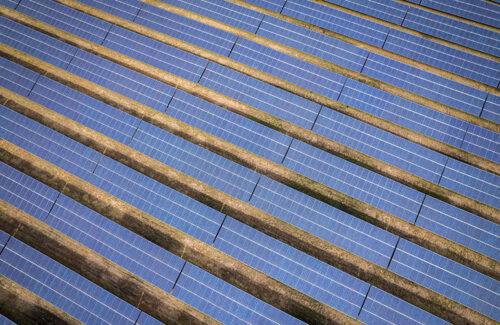Large centralized power plants (such as 500 MW combined cycle natural gas power plants) are large enough to withstand human intervention. In order to manage these large power plants, asset owners hired a trading platform that continuously relies on manual intervention to participate in the market. On the other hand, distributed energy sources (DER) like solar energy cannot withstand this type of human intervention, not only because they are economically unfeasible, but also because their complexity is exponentially increasing and requires real-time multi-faceted input decisions. Automation is becoming increasingly important for optimizing the use of distributed energy and extracting its full value stream. That's why in order to fully develop the energy transition, distributed energy (DER) such as battery storage, cogeneration, heat pumps, and electric vehicle chargers need to be treated like small power plants.
Traditionally, distributed energy has been seen as event based solutions rather than power plants. They are considered as grid edges rather than grid formation techniques. In other words, they are managed by a Reduced Service Provider (CSP), which tells the website, "Hey, we have an event tomorrow afternoon from 4pm to 6pm, please make sure to schedule batteries or backup generators
Distributed energy is not continuously managed as part of the power grid, but is scheduled for up to 100 hours per year. Every year, there are over 8600 hours of unnecessary idle assets.
In order to truly achieve energy transformation, distributed energy needs to be continuously managed. They need to constantly ask, 'Can I make money now? Can I save money now? Is it the cheapest time to charge now? How can I achieve the best carbon reduction?' Even if the answer is no dispatch, it is important to always seek opportunities.



